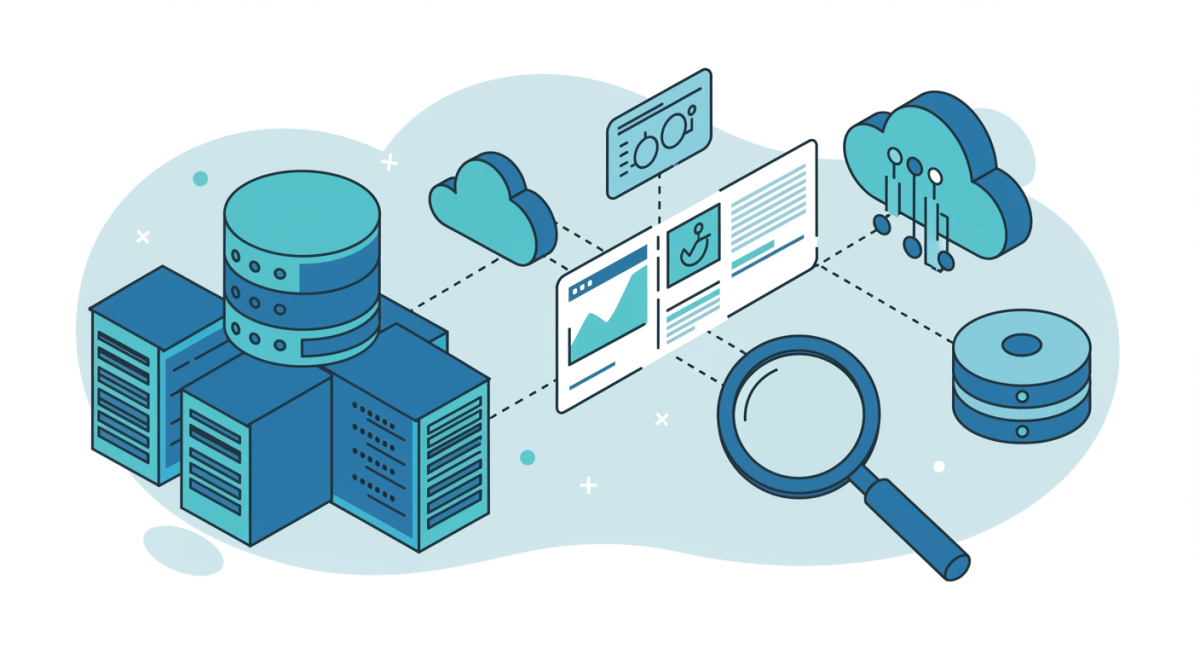Implementing Webex Calling across your organization presents both tremendous opportunities and significant challenges. As businesses increasingly migrate to cloud-based unified communications solutions, having a strategic approach becomes essential for maximizing return on investment while minimizing disruption. A successful implementation requires careful planning that addresses both technical requirements and human factors.
With proper preparation and execution, Webex Calling can transform how your organization communicates and collaborates. The platform offers a seamless cloud calling experience with enterprise-grade features supporting office-based and remote workers through voice, messaging, meetings, and team collaboration from a single application. By following the ten keys outlined in this article, you'll navigate the complexities of migration and unlock the full potential of your communications platform.
Understanding the Value of Webex Cloud Calling
Before diving into implementation specifics, it's important to understand why organizations are increasingly adopting cloud-based unified communications solutions. The flexibility of cloud calling platforms enables companies to modernize communications while maintaining reliability and security.
Webex Calling provides a complete cloud phone system with enterprise-grade features that support both office-based and remote workers through voice, messaging, meetings, and team collaboration – all from a single application. The platform's flexibility enables companies to modernize communications while maintaining reliability and security.
Cloud Calling Solutions
Webex Calling is a cloud-based phone system that provides a complete collaboration solution for businesses of all sizes. Designed to meet the needs of hybrid workforces, Webex Calling offers a seamless and integrated experience for users, whether they are in the office or working remotely. With enterprise-grade calling features, advanced noise cancellation, and a virtual receptionist to welcome callers, Webex Calling ensures that your communication is always clear and professional.
Key #1: Assess Your Current Environment and Requirements
A successful implementation begins with thorough preparation. Document your current telephony systems, including PBX models, phone devices, call flows, and integration points with other business applications. This inventory will inform decisions about migration strategies and potential compatibility challenges.
Additionally, clearly articulate what you hope to achieve with your Webex Calling implementation. Common objectives include cost reduction, improved collaboration, support for remote work, enhanced customer experiences, and simplified management. Quantifying your requirements helps establish measurable success criteria.
Key #2: Design Your Call Flow and Routing Plan
The call flow design determines how calls move through your organization, affecting both customer experience and employee productivity. Document how calls currently route through your organization and design your ideal future state. Consider scenarios like business hours routing, after-hours handling, departmental call distribution, and executive call handling.
Webex Calling includes sophisticated call routing capabilities, including auto-attendants, hunt groups, and call queues. Take time to design these features thoughtfully based on your business requirements, considering department-specific menus that provide callers with more relevant options.
Key #3: Develop a Comprehensive Number Management Strategy
Create a complete inventory of your current phone numbers, including main lines, direct inward dial (DID) ranges, toll-free numbers, and international numbers. Determine which numbers need to be ported to Webex Calling and which can be retired. Number porting typically takes 2-4 weeks depending on your region and current carrier.
Review how numbers are currently assigned within your organization and determine if changes would benefit workflow or reduce costs. Number rationalization can yield significant cost savings, especially if you discover that many assigned DIDs are rarely used.

Key #4: Ensure Network Readiness
Voice quality is directly tied to network performance. Perform a comprehensive evaluation of your network to ensure it can support real-time voice traffic. Key areas to assess include available bandwidth, Quality of Service (QoS) configurations, jitter, latency, and packet loss metrics.
Configure QoS policies on your network to prioritize voice traffic over less time-sensitive data. This ensures call quality remains high even during periods of network congestion. The implementation should include marking voice packets with appropriate DSCP values, configuring trust boundaries, and ensuring QoS policies are consistently applied across the network infrastructure.
Key #5: Plan for Device Management and Provisioning
Choose handsets, headsets, and conference room devices that are certified compatible with Webex Calling. While many SIP devices can work with the platform, certified devices offer the best experience and simplest provisioning.
Decide how devices will be provisioned and deployed across your organization. For large or geographically distributed organizations, zero-touch provisioning can dramatically reduce deployment time compared to traditional manual configuration approaches, making it particularly valuable for supporting remote workers.
Key #6: Create a User-Focused Adoption Strategy
Create targeted training materials for different user personas. Executive assistants, contact center agents, mobile workers, and occasional users all have different needs and usage patterns that should be reflected in your training approach.
Focus communication on how Webex Calling will make users' jobs easier, not just the technical capabilities. Users are more likely to adopt new technology when they understand the "what's in it for me" factor. By addressing this question proactively, you can significantly improve initial adoption rates.

Key #7: Integrate with Business Applications
Determine which business applications should connect with your communications platform. Common integration points include CRM systems, help desk platforms, Microsoft Teams, collaboration tools, and productivity suites.
Work with your implementation team to configure and thoroughly test each integration. Pay special attention to user authentication, data synchronization, and call handling behaviors across integrated platforms. Establish clear ownership and maintenance procedures for each integration to ensure they continue functioning properly after implementation.
Key #8: Design for Business Continuity
Design your implementation with appropriate redundancy to ensure availability during outages. This includes planning for internet connectivity failures, power outages, and service disruptions. Organizations with redundant connectivity for cloud communications typically experience less downtime.
Develop detailed procedures for different failure scenarios, including how calls will be handled during outages and the process for restoring normal operations. Create templates for notifying employees and customers about communication system disruptions and alternative contact methods.
Key #9: Establish a Phased Implementation Approach
Begin implementation with carefully selected pilot groups. Ideal candidates include IT staff who can provide technical feedback, power users who will test advanced features, and typical users who represent your broader employee base.
After successful pilot deployments, expand to larger groups in phases, incorporating lessons from earlier stages. Document issues encountered during each phase and solutions implemented. This knowledge base becomes increasingly valuable as you progress through implementation.
Key #10: Establish Ongoing Management Procedures
Implement ongoing monitoring of call quality metrics, system performance, and user experience. Establish baselines during implementation and regularly review trends to identify potential issues before they impact users.
Clearly document support procedures, including how users should report issues, troubleshooting steps for common problems, and escalation paths for complex issues. A well-designed support process significantly reduces mean time to resolution compared to ad-hoc approaches, improving user satisfaction with the new platform.
Partner with Expertise for Implementation Success
Implementing Webex Calling successfully requires careful planning, technical expertise, and a focus on user adoption. By following these ten keys to success, you can navigate the complexities of migration and unlock the full potential of cloud-based unified communications.
Working with an experienced partner can dramatically improve your implementation outcomes. A global voice service provider with deep expertise in enterprise voice solutions can provide the guidance, tools, and support needed to ensure a smooth transition.
Contact Pure IP for your implementation needs. With full PSTN replacement services in 50+ countries and 24/7 technical support, we’re the partner that can make all the difference in your Webex Calling journey.










